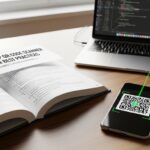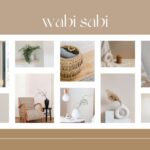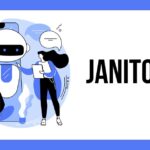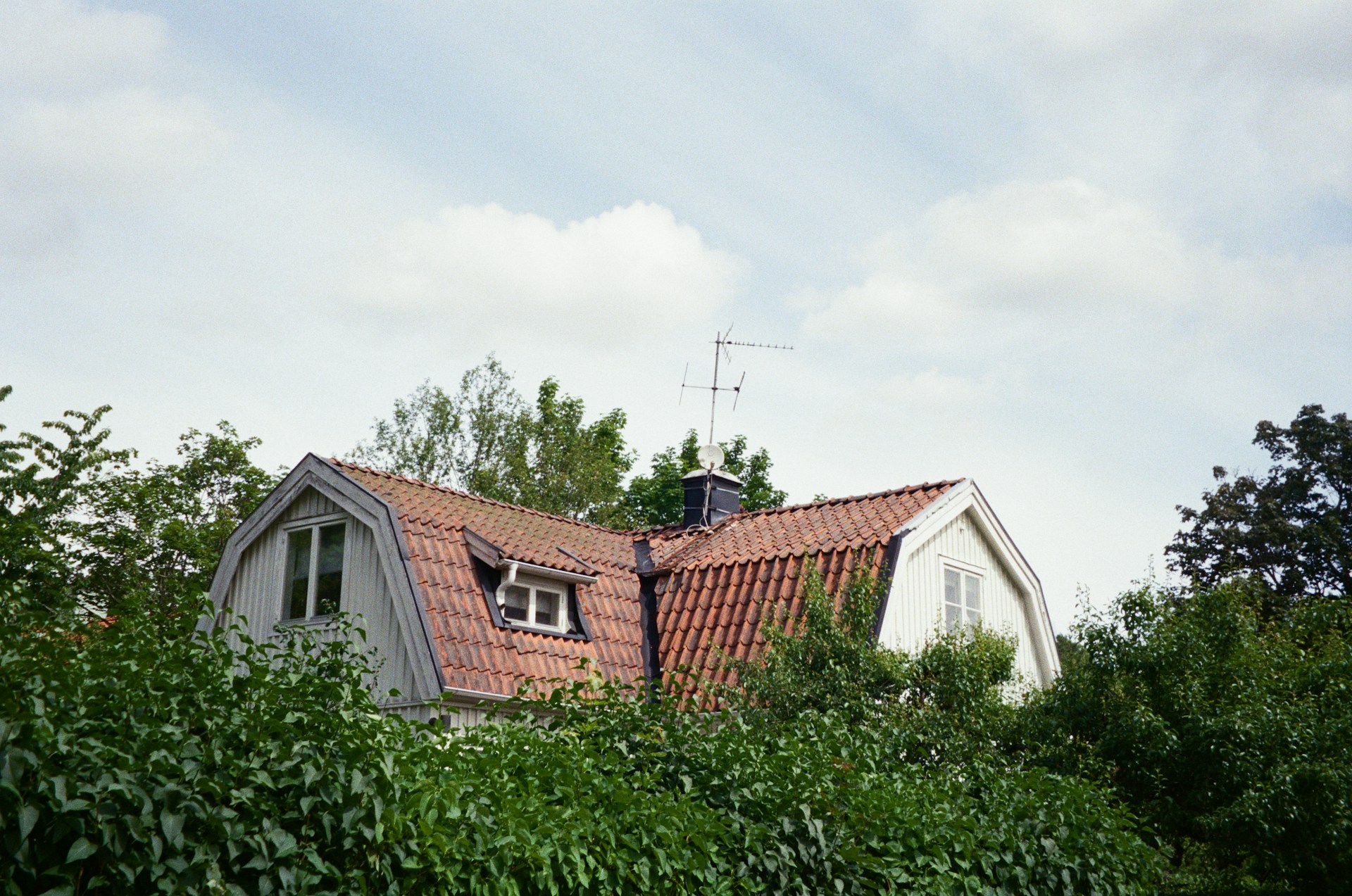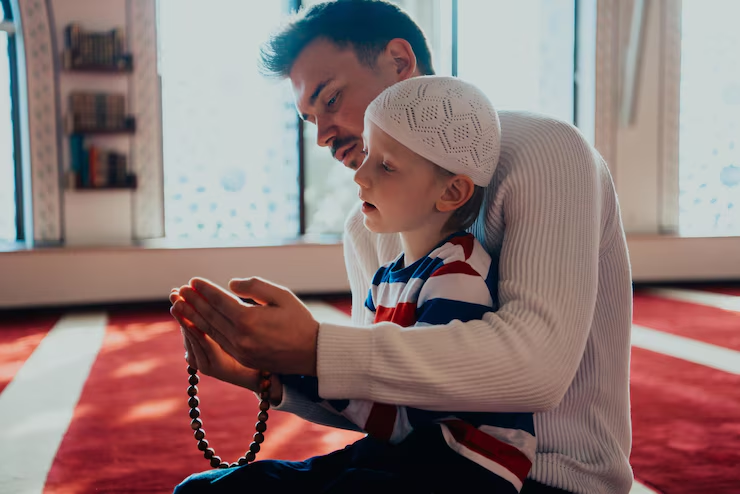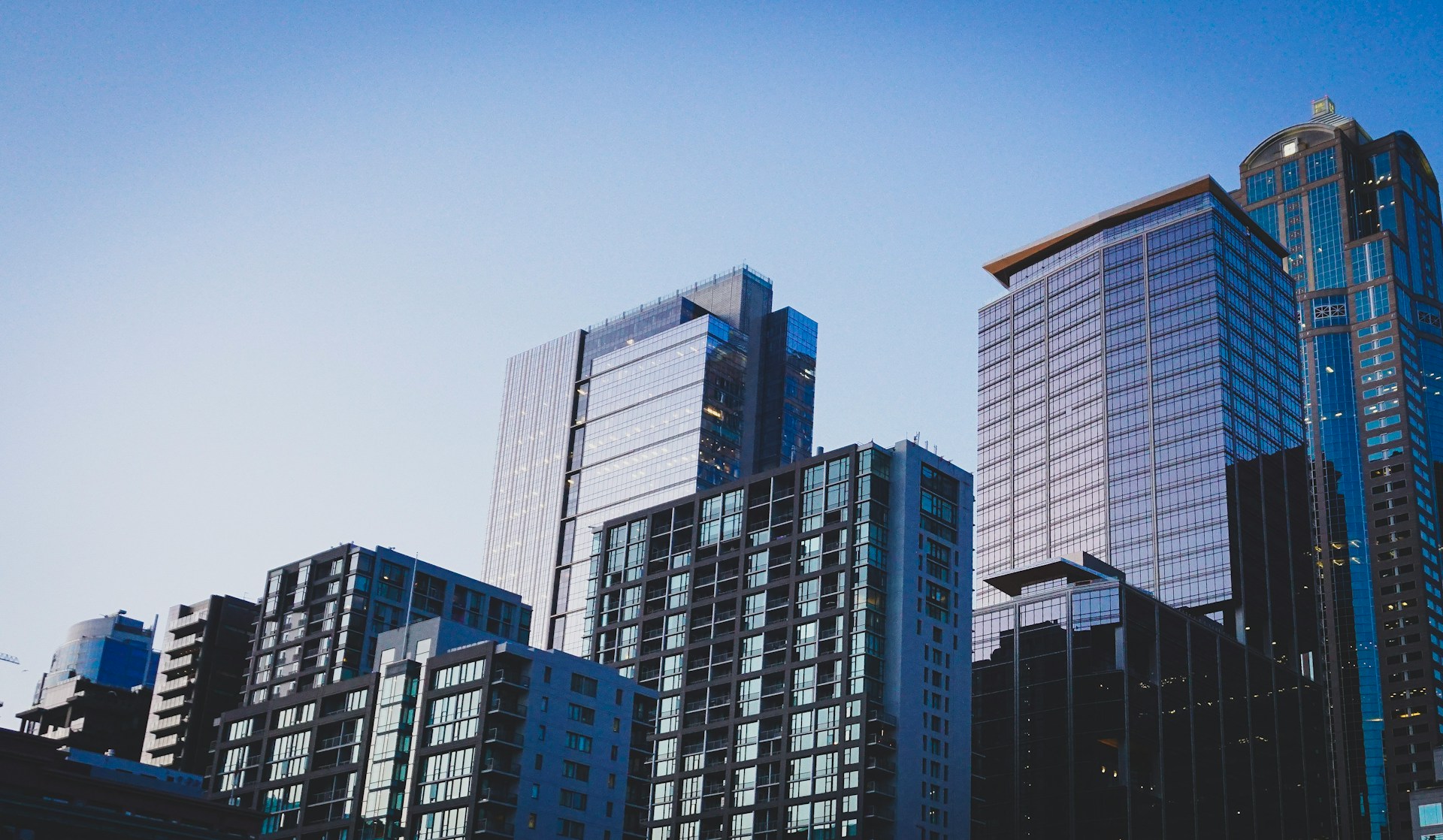Heather Swenson is a artist working with silkscreen printmaking from Rochester, New York. In this interview Clare talks to Heather printmaking, the art scene in Rochester, and Heather’s studio practice.
I first saw your work at Graphic Arts Workshop (GAW) in San Francisco as a part of a print exchange show. Since I make my work at GAW, I got to look at your prints day after day as I came to the studio to work. I was really astounded by how you use the medium of silkscreen to create these richly layered prints. Tell me more about how you got into working with silkscreen and how you developed your process?
Thank you! I was introduced to silkscreen through a printmaking class in college. I just fell in love with the way I could lay down color with silkscreen and enjoyed how closely it was tied to drawing. Throughout my last two years of school I focused on silkscreen and painting but it wasn’t until I graduated that I really developed my process.
When I was setting up my studio here I contacted a former professor, Stella Ebner, to ask what type of ink she used for her prints. She suggested Guerra pigment dispersions; they are basically just dry pigment dispersed in water and you can mix them with any water based medium. I started using them right away and it changed everything for me. Mixing my own ink from these pigments allows me to work with a greater range of color and transparency. Working outside of college allowed me to figure out a lot about the way I print. Over the years I have made improvements on the way I layer colors and changed the way I draw films. Working alone has helped me to develop a particular process that works well for me and my studio.
As a fellow printmaker making work in silkscreen I find I am always explaining the process of my work and trying to explain that the work is original and not a copy of painting or a digital print. Do you have this experience with your work?
Yeah, I do. People often think that it’s a digital print and ask me what the original was. I usually talk about the process and explain that each print is hand-pulled. I explain that the print starts with a drawing from which the layers are made. Because I make so many adjustments while I’m printing the final print feels very separate from the drawing that I started with.
Are you originally from Rochester NY? What brought you there?
It seems to be growing; it’s pretty good for the size city that it is. We have a couple bigger galleries that bring some interesting work here from outside of Rochester and there are a lot of new small galleries popping up. There’s a mix of professional artists, hobbyists, and other types of makers living here so it’s a diverse community.I saw a video about your work as part of a feature on the Hungerford building in Rochester. What is the history Hungerford building? What is your studio like?The Hungerford building used to be a manufacturing facility for J. Hungerford Smith Company “True Fruit” syrups. They made fruit syrups for fountain drinks. I’m not sure exactly when the company stopped manufacturing there but the building had been abandoned for years before Maguire properties took it over.Since then it’s been split up into separate spaces that house a wide variety of artists studios and businesses. My studio is about 200 square feet with high ceilings and two big south facing windows that look out to the train yard. I do most of my work at a large table near the windows. I have postcards, prints, collages and photographs on my walls as reference and inspiration.My space is also set up for screenprinting. I have a small wash out booth in my utility sink, an exposure unit that I made years ago and a table with hinge clamps for printing. The floor is usually scattered with bits of paper, objects, and books but I manage to do a lot in this disorganized little space.How did find community after graduating from school?
Initially I felt a little isolated when I moved back. It was a bit of a shock leaving such a strong art based community. At school students were in the studios late and someone was always there to talk with. I got my studio soon after I moved home so that helped a little bit. I met some like-minded people in the building and around the community to have occasional studio visits with. The biggest thing for me was becoming a board member of the Print Club of Rochester a few years ago. I was introduced to a whole community and group of people in Rochester that I hardly knew existed. The organization is devoted to preserving and exploring the fine art of printmaking, both old and contemporary practices. Through the print club I have strengthened my connection to the local community while simultaneously exploring an international one.
Do you have a day job in addition to your studio practice?
I do. Currently I work at Headwater Food Hub, an organization that works with multiple farmers and producers to get local food to restaurants and community members in upstate New York. I’ve been there for about a year now and really love it. I love being involved with food and learning more about farming practices. Plus I get a box of fresh, local vegetables and fruit from work every week, so I feel really good about what I am eating. Having this job is bittersweet though. Last year I had a few odd jobs and ran some art classes for kids so I had incredible flexibility with structuring my own work time. I had to make work for several shows so it felt like I spent most of 2016 working in my studio. I could go there whenever I wanted but felt financially stressed for a good portion of that year. It seems to be the exact opposite now. I’m still trying to find that balance between a paycheck and time to work in my studio.
I see a lot of visual connections to architecture in your work, and interesting play with space. Where do you draw your inspiration for the imagery in your work?
It comes from a mixture of my surroundings, observations, and things I imagine. A lot of the structures I draw or build come from architecture I see while I’m walking around. There’s a lot of big houses here that have been turned into apartments and they reflect that through exterior staircases, weird angles, and additions. Structures that are pieced together like this really interest me, they feel like a blend between reality and imagination.
I’m particularly interested in structures that do something unique with space, like tents and forts. A few years ago my boyfriend and I built a fort in our living room and slept in it for a couple days. These magical transformations of spaces and the new experiences that come with it are really exciting to me. I also love to just look at things, sometimes maybe more than making. Often I’ll see something and it’s already so amazing and perfect just like it is. These visual moments both energize and frustrate me.
One of the first things that struck me about your work was your color schemes, they feel effortless, but are clearly well planned. How do you plan the colors in your pieces? And how do you manage the mixing and storing of so many colors of silkscreen ink?
Thank you! Honestly, I don’t plan much when it comes to colors. I start with a pencil drawing which I use to plan my layers and make the films. Aside from a few colors that I usually have picked out, the majority of them come as I’m printing. I have a loose idea when I’m making the layers and I’ll write down notes on the films like “warmish light grey” or “peachy tan”. These colors tend to come from my surroundings or memory, but if I’m feeling stuck I’ll rummage through a huge chest of collage material and collect color samples for the print.
Once I have a couple colors mixed, the ones I’m sure about, I just start responding to those colors as I build the layers of the print. I often change the ink in the screen two or three times before I get it right for that particular layer. I love this part of printing because it feels like I’m making a completely new piece rather than a copy of my drawing.
As far as storing and mixing goes, I have a bunch of little tupperware cups that I use. I found some that have a screw top lid so they store the ink very well. If I’m working with several colors of the same hue I’ll mix one color and lighten it or darken it as I move through subsequent layers. This prevents me from having to store too many ink cups in my studio.
Tell me more about your Tiny Print Project. How did you conceive of the idea and what did you learn through the process?
Around October of 2015 I decided to quit my full time job as a press operator at a local t-shirt printing shop. I knew I would have a lot of unstructured time so I wanted to create a project that would provide focus in the studio. I wanted to do something weekly, but still manageable so I thought about making an edition of little prints every week. The idea also came out of wondering how to cover my studio rent while unemployed. I wanted the project to be an affordable way for people to collect art, so silkscreen was the obvious choice.
After working through a few iterations, I decided to make an edition of 25 tiny prints every week for all of 2016. I would allow myself to do anything with the print as long as it was done by the end of the day every Thursday.
This project made me much more aware of a week as a unit of time. I felt like I lived that year being hyper aware of the day Thursday! It was interesting to go through the year knowing the week number. It just gave me a different sense of time. I also learned a lot about my process, particularly which colors and shapes I tend to use frequently. Looking back on the project it feels like a journal of my visual decisions throughout 2016.
What do you like to listen to or watch while you work? Music? Audiobooks/Podcasts? TV/documentaries?
I alternate between music and podcasts with the occasional periods of silence in my studio. I tend to go through phases, right now I’m listening to a lot of music but a few months ago I was tearing through episodes of the podcast Here Be Monsters. I like to store up episodes so I have a bunch to listen to all at once.
I haven’t listened to 99% Invisible in a couple months so I know I have a backlog of episodes waiting for me. 99% Invisible is definitely one of my favorite studio podcasts. They are short episodes about how unnoticed architecture and design impact our world. It also feels relevant to a lot of my work so listening to it in the studio just seems to fit. Lately I’ve been listening to a lot of Built to Spill and Pavement while I work. I love to dance between layers or as a break from drawing, though sometimes it can be distracting and I have to remind myself to get back to work.
Any big projects or shows on the horizon?
I have a collaborative show coming up with a friend and fellow artist Alex Mockbee in Rochester. We are working on an installation in Maker’s Gallery here. We plan to integrate her mobiles with the small floor sculptures I make and then each contribute some 2D piece.
I am excited about an event that will take place towards the end of the show. I used to experiment with stop motion videos a few years ago and have really been wanting to get back into it so we’re planning a little film screening with sounds she’s been collecting over the last few months. Other than that small show, I plan to spend the next year working on those new sculpture ideas.
Last year was filled with making work for specific shows, so I’m looking forward to some uninterrupted time to experiment and play.
What is exciting to you in your studio these days?
I’m excited about building sculptures right now. I love to play with the hot glue gun and wooden dowels to create towers and architectural structures. I’ve expanded this a bit and I’m trying to build 3D structures out of folded paper. I feel a little burned out with editioning prints but still really want to use silkscreen since it’s one of my favorite ways to work. So I’m making paper objects that I can print on and then fold into a structure. I plan to make several screenprints of woodgrain, cut them up and assemble structures. I’m interested in exploring the playful mimicry of one medium pretending to be another.


